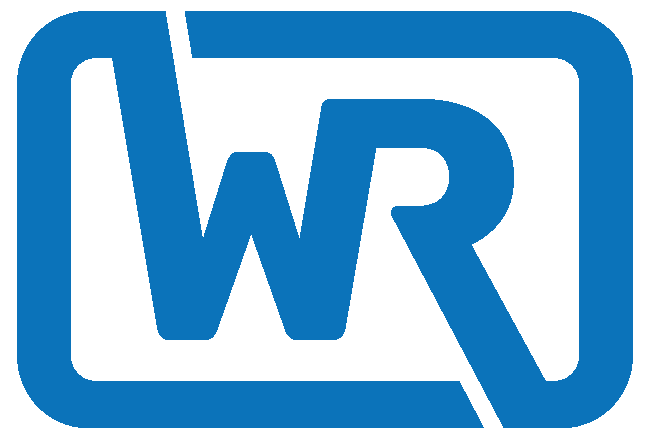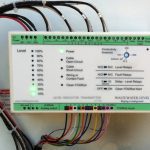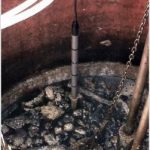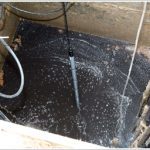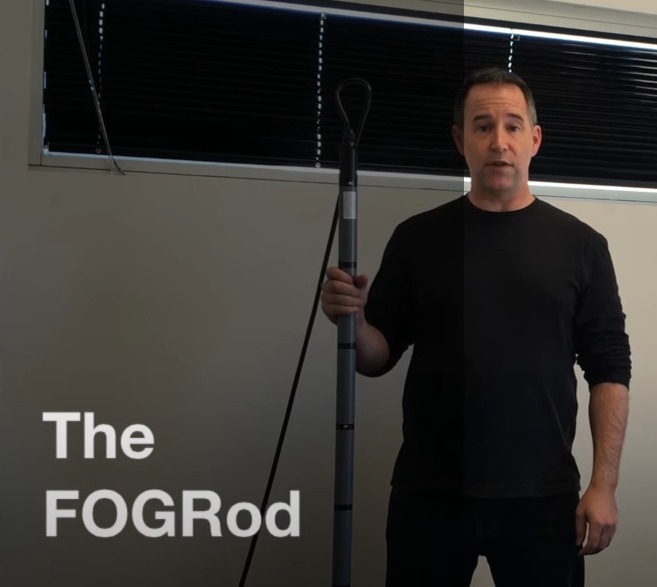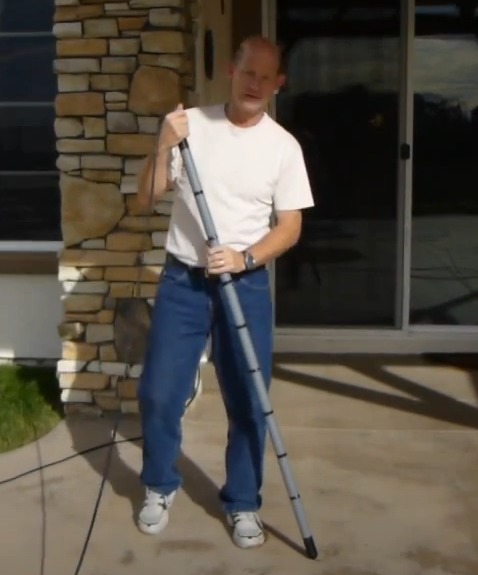Simplicity – How it Works
The FOGRod hangs in the wastewater and connects to the LIT in the control panel with its 11-core cable. The LIT applies a small voltage to each metal contact on the FOGRod and looks for current flow. When a FOGRod contact is under water, current flows to ground. When a contact is dry, no current flows. It’s like closing a lightswitch – but in this case wastewater completes the circuit.
The LIT has 10 relays corresponding to the 10 contacts on the FOGRod. Pick the relays you want to use and wire them into your PLC, your pump controller – or even directly into your starters. If you are replacing floats, just unhook the float wires and connect the LIT relays into the same points.
It’s like having 10 floats, but you just pick the ones you want to use.
The LIT also has a 4-20mA output that increases in 1mA steps for each FOGRod contact. So you can replace pressure transducers, ultrasonics and bubblers. If you are replacing floats you can wire the 4-20mA into your telemetry system and get remote level.
Failsafe in the Worst Grease
The FOGRod has no moving parts, no electronics and no sensors – so there’s nothing in the wetwell to tangle up, get stuck in position, or fail.
But what about grease buildup? Grease does build up, especially around the lead pump start. Hang the FOGRod in the turbulent part of the well near the inflow. The grease is all broken up and when it builds up on the FOGRod it doesn’t completely isolate the metal
contacts from the wastewater.
Suppose the grease buildup gets so bad that it completely isolates the lead pump contact from the wastewater – the lead pump won’t start. The level keeps rising, but when it gets to the contact above (which is cleaner) the LIT registers that level.
The LIT now activates all the level relays up to this point – so the lead pump starts, just a little later. And the LIT knows there is a problem because there is a “dry” contact below a “wet” contact so it activates a fault relay and a fault light comes on. The fault relay can be wired into telemetry.

